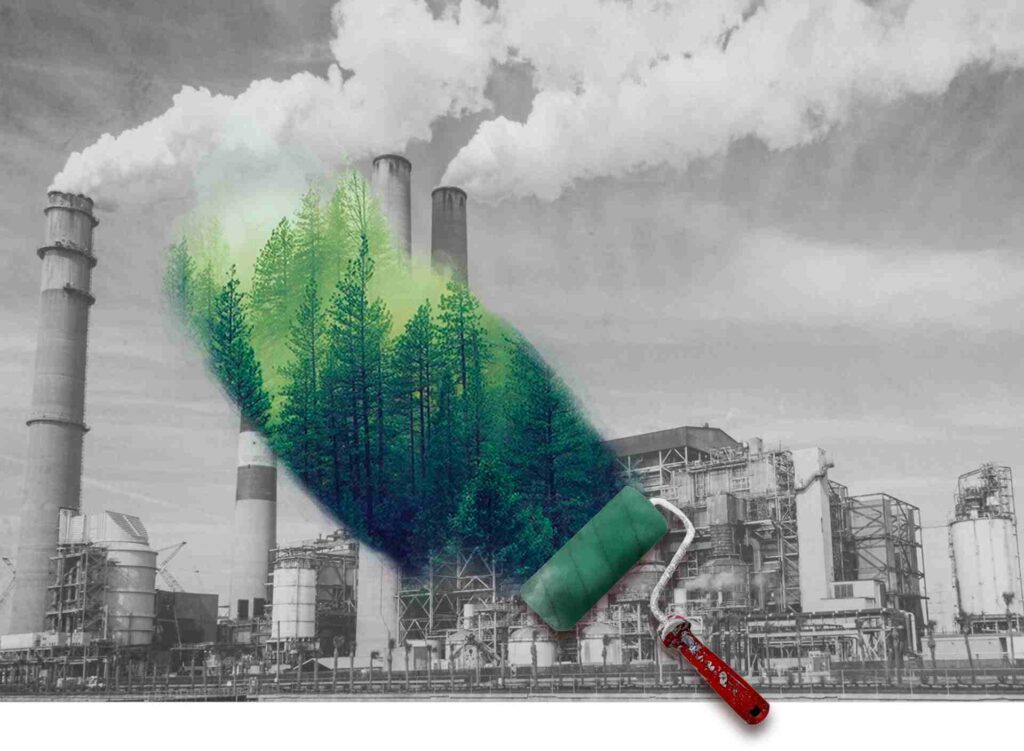
When shopping online or at a local grocery store, we find our conscience guilty over multiple facets of production like plastic usage, carbon footprint, or the practice of animal testing. Increasing environmental anxiety and the growing responsibility of Gen Z and millennials to be environmentally cautious has cast an awareness that will not fade away any time soon. This sense of responsibility is often taken for granted and targeted for marketing purposes and increasing revenue.
As veganism and other “ethical” means of production and consumption grow, so do the greenwashing strategies of large corporations. This is perhaps why the COVID-induced strain on the economy helped small businesses — whose products are considerably more locally sourced and would therefore benefit individuals instead of further promoting mass corporations — to gain footing in the market. Social media platforms like Instagram went as far as creating stickers like “SUPPORT SMALL BUSINESS” What can be considered “ethical production” is again in much of a grey area.
However, let’s first consider what exactly Greenwashing is. The name itself implies a branding of products as “green,” but the reliability of this claim can only go so far. By guilt-tripping customers in a hyper-consumption based society, organizations claim they are trying to save the planet. While this sounds appealing, Greenwashing is largely focused on generating revenue and pushing products towards eco-friendly customers than actually adopting sustainable methods.
The false impression indicated by the word ‘Greenwashing’ is a play on ‘whitewashing,’ or green+brainwashing, coined to show how unethical practices are glossed over to promote misleading information. For instance, when a beauty brand sells its product in a bamboo container and claims to be cruelty-free and vegan, this will seem like a convincing alternative for anyone looking to ‘Go Green’. However, mass packaging of the products, their shipping footprint, and the plastic wrappers used to prevent water damage etc., are often covered up.
The capitalization of customer demands is, in fact, extremely profitable for brands. For instance, a study conducted in 2015 showed that 66% of global consumers would pay more for products claiming to be environmentally sustainable, while the number peaked at 72% when millennials responded.
Dangers Of Corporate Greenwashing—Brands Exposed For Greenwashing Scandals
It is challenging to differentiate greenwashed products from actual sustainable products and make ethical choices while buying. People prefer to buy sustainable products, but untrue claims could lead to unintentional damage to the environment. Moreover, if caught, the reputation of the company could also be damaged.
Volkswagen faced a major greenwashing scandal in 2015, putting the unethical practice in the spotlight. It released an ad campaign where it promoted diesel to produce fewer emissions. The campaign debunked the fact that diesel is harmful to the environment and claimed to use a technology that would make diesel greener than petrol. It was revealed that Volkswagen rigged 11 million vehicles of its diesel cars with “defeat devices”, and the emissions were 40 times more than petrol cars in the United States of America. The technology used was designed to cheat emission tests.
In 2019, fast-fashion brand H&M released a ‘green’ line of clothing called ‘Conscious’. Claimed to be made with organic cotton and recycled polyester, this line was supposedly ‘sustainable’ and ‘environmentally friendly’. However, there is no definition as to what is sustainable production.
Can a 100% cotton shirt that uses 20,000 litres for its production be considered sustainable? Companies use loose guidelines for Greenwashing, which are open to misinterpretation, for blatant misrepresentation. Green marketing is based on such vague definitions and thereby confuse the consumers on the company’s values.
“Social and environmental responsibility should not be a competitive sport,” quoted Daniel Korschun, a marketing professor at Drexel University. Greenwashing has gained popularity amongst companies; Magali Delmas, a professor at the University of California, Los Angeles, wrote in 2011, “More firms have been combining poor environmental performance with positive communication about environmental performance.”
How Do Consumers Fall Victim To Greenwashing?
Smart consumer targeting through social media and advertisement, guilt-tripping, fear-mongering, and polished marketing techniques are the key players. Food or supplements sold are termed natural without any proper explanation of what ‘natural’ implies, although it can make something sound ‘greener’ and ‘fresher.’ Terms like “gluten-free” are carelessly thrown around and even products like corn, rice, soy, sorghum, or buckwheat are labelled as “gluten-free” and charged for, when they are, in fact, naturally so.
Other umbrella terms like compostable, sustainable, organic, chemical-free, conscious, eco-friendly, etc., trick consumers into thinking they’re making smart choices for the planet.
When self-care brands, like the popular self-proclaimed Vegan brand Love Beauty and Planet, whose bottles are made from “100% ocean-bound plastic,” have attractive floral labels and other marketing tricks to appear ‘greener,’ consumers prefer to choose them. Chain stores and malls also get some share of the profit for promoting such brands. Busy shoppers mostly do not have time to read expansive labels or do their research. However, the brand is owned by Unilever, which has been accused of animal testing and is one of the largest contributors to plastic pollution. Thus, such hidden facts are printed in small fonts and shoved to the bottom of the product labels.
False claims such as the chemical-free nature of products attract many health-conscious customers and sick people. Sometimes, the chemical could be legally banned and mentioning its absence is pointless. Other buzzwords like ‘free of animal testing’ cannot even be applied to products from countries like China, where the law mandates animal testing. However, it is impractical to expect all consumers to be aware of such legal rules.
Fast fashion is yet another industry where people fall victim to greenwashing. Mass consumerism calls for constant promotions and discounts, which will promote sales. When demands outweigh supply, ethical fashion would be long gone before people even begin to notice.
Not only do brands make profits from promoting their products under the guise of being ethical, but they also do not even try to hide their tracks. Brands hire cheap third world labour and have been often accused of not paying their workers. Popular brands like Kylie Jenner’s “Kylie Cosmetics” were trending just last year when the hashtag “PAYUPBANGLADESH” sparked controversy on unpaid labour in developing countries. This, however, is merely surface-level truth of what goes on behind the screens.
Climate activist Greta Thunberg claims she last bought a new piece of clothing three years ago.
“…where [fashion brands] portray themselves as ‘sustainable’, ‘ethical’, ‘green’, ‘climate neutral”…this is…“pure greenwashing. You cannot mass produce fashion or consume ‘sustainably’ as the world is shaped today,” she added.
Methods Of Greenwashing
- “Clean energy”
When the dangerous consequences of fossil fuels sparked many debates, automaker companies began to promote their hybrid, electric, sustainable fuel-efficient models of cars and batteries that help prevent toxic greenhouse gas emissions. This kind of greenwashing ignores the pollution produced by the source, i.e., the origin of the electricity that recharges the batteries or the problems of lithium-ion batteries which end up in landfills.
Some brands cheat on pollution tests and reveal false data. While major energy players in the world like the UK, Germany, USA, and China glorify their dedication to developing renewable energy methods, the reality is very different. During processes of research and building foundations for investors, they promote nuclear power or fossil fuel-based energies.
- False labelling
Green appealing visuals such as pictures of trees, flora, fauna, or waterfalls are called “eco-responsible logos.” Simpler images and plain packaging are trademarks of brands that do not want to prove themselves. They will admittedly be more expensive as well. However, misleading green labels do not usually have any scientific backing and misdirect consumers’ choices. Brands go as far as using “false labels” where they claim to have passed the certification tests of third-party brands that do not even exist! They also practise “fibbing”, which is outright lying.
For example, claims like “Rainforest certified” or “Energy Star certified” fall under this category. Fibbing is one of the seven sins of greenwashing according to TerraChoice, a genuinely sustainable and environmentally friendly brand certified for its aim towards progress, following the ‘Sin of the Hidden Trade-Off,’ ‘Sin of No Proof,’ ‘Sin of Worshipping False Labels,’ ‘Sin of Irrelevance,’ and ‘Sin of Lesser of Two Evils.
How To Spot Greenwashing?
Overwhelmed by definitions and tips from various sources and the numerous ‘sustainable’ products, spotting greenwashing could be difficult. To be able to identify greenwashing, some suggestions are listed below.
- Identify if the brand uses only recycled products for specific products or the overall production and packaging. The brand could use partly recycled raw materials for specified products. This could only contribute to a small percentage in contrast to the overall impact.
- Identify if the product has any real environmental benefits. Check if the substitute is more or less beneficial to the environment than the original raw material or product.
- The brand’s transparency with its customer regarding its production process and products via publications and the website is an excellent way to identify the brand’s beliefs on sustainability.
- The place of production of the product is another way to tell if the brand practices sustainable practices.
- If the brand has any certifications or adheres to any standards, it is a good indication that it follows sustainable practices.
- Beware of the use of greenwashed words such as natural, eco-friendly, and plant-based without any certification.
- Look out for claims that are true but irrelevant. For example, CFC free could be true. However, the use of CFCs is banned, thereby not indicating that the product is sustainable or environmentally friendly.
- Look for minimal or recyclable packaging. Companies using greenwashing tactics may have a lot of unnecessary packaging.
- Reducing the number of products we buy or even avoiding unnecessary products can play a significant role in sustainability and ensuring that you are sustainable. As consumers, it is also our responsibility to use our voice for a better cause.
Written by Aishwarya Sabarinath and Archana S for MTTN
Edited by Pahal Duggal for MTTN
Featured Image via Cosmic
Images by Easy Eco Tips, Puravida BIoplastics, Greenwashing Police
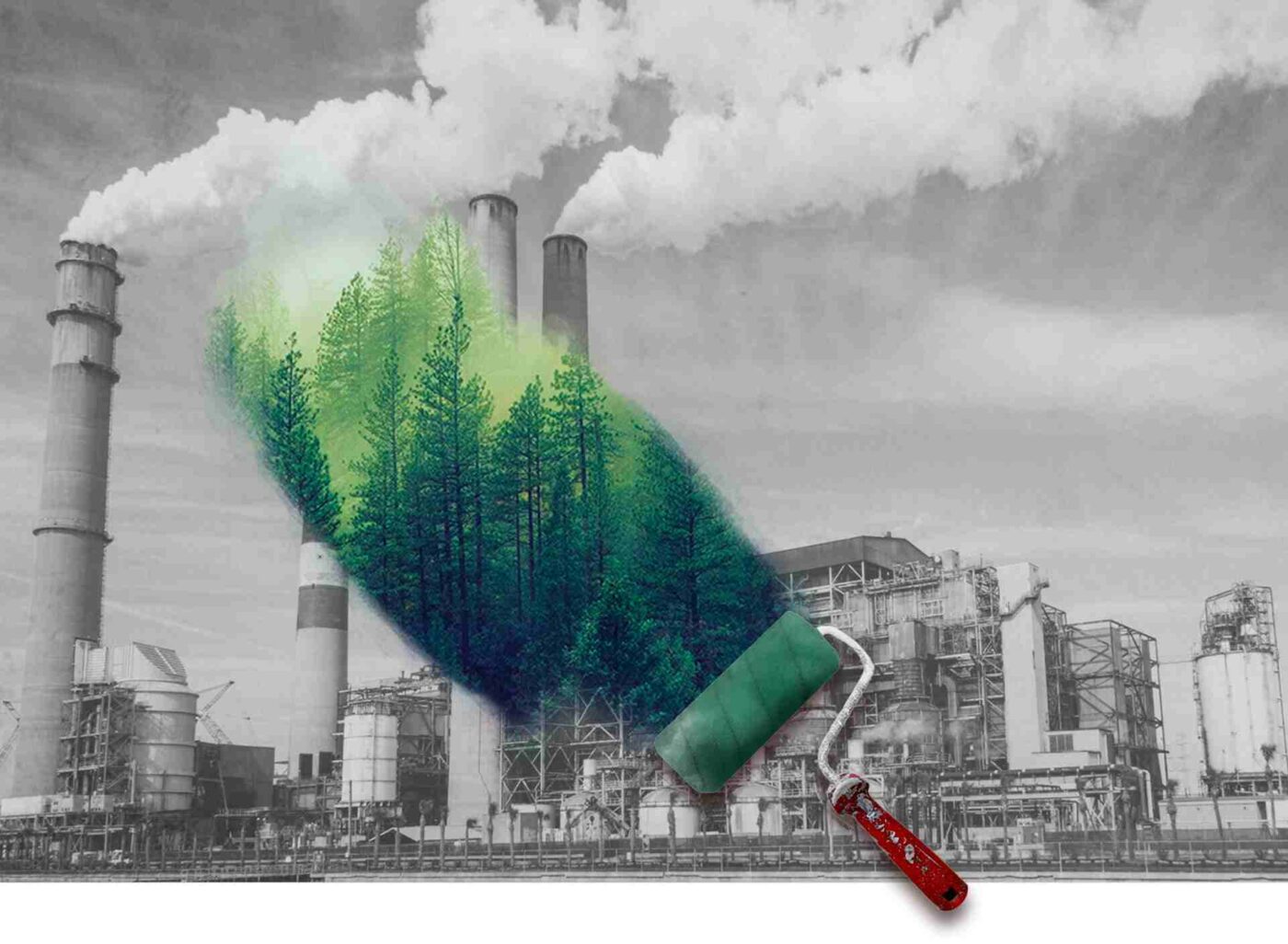
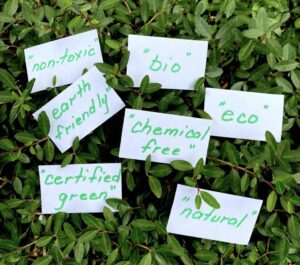
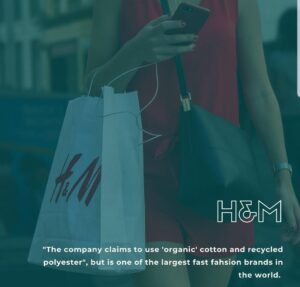
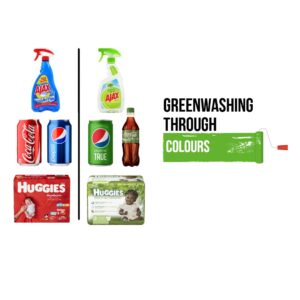
Leave a Reply
You must be logged in to post a comment.